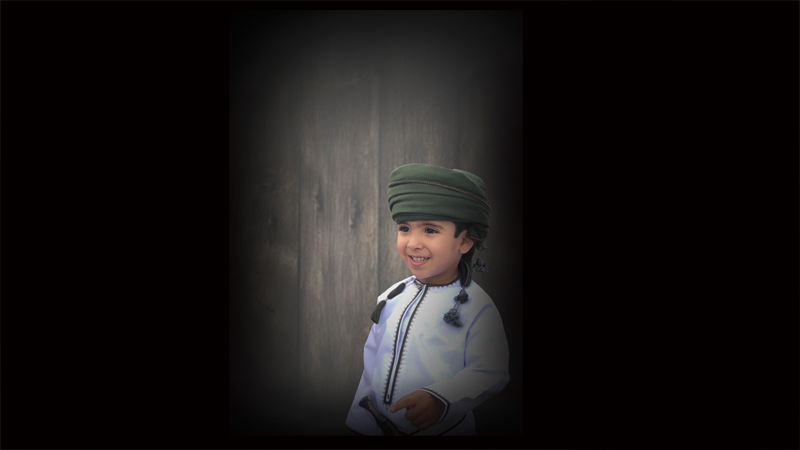

Surprises erupt when cultures meet, and the most common surprise among the surprises lies in the similarities between two or more cultures. This truly reflected at the Culture Exhibition being held at the Sultan Qaboos Youth Centre for Culture and Entertainment (SQYCCE) in Salalah. It engaged people for five days before its conclusion on Tuesday.





Most of the participants were excited over strong common factors among each other, as “Wow! You also have this” was the most common expression of the visitors and participants after witnessing the traditional dresses, cooking wares and food and beverages displayed at all the five counters occupied by participating countries like Tunisia, Iraq, Jordan, Syria, Sudan and Morocco.
Most of the countries displayed their handicrafts, traditional dress materials, potteries and most importantly, the traditional food of items.
Loose fitting dresses and something very close to modern day ‘dishdasha’, a thawb or thobe which is an ankle-length Arab garment, usually with long sleeves, similar to a robe, was the most common factor among all the countries which had displayed some selected dress materials drawn from old days.
“This is our traditional dress which we wear on special occasions, particularly on marriages or other ceremonial occasions. We put on this dress mainly to show respect to our host. Our traditional dress ‘jebba’, which a long sleeveless tunic worn over a shirt and baggy trousers, is always used for special occasions,” said Ramzi Amer, an employee of Embassy of Tunisia in Muscat.
He also explained about special dishes of Tunisia, “which are healthy and cooked with a little oil.”
The Iraqis had the most lavish stall in terms of display of traditional food items. Their ‘Jalabiaya’ attracted everyone’s attention due to its stark similarity in taste and shape of popular Indian sweet ‘jalebi’.
“We were amazed to find our popular ‘jalebi’ at the Iraqi stall with same taste and shape. Out of curiosity we asked the Iraqi representative that who made this sweet item. Probably understanding my doubt he said ‘an Iraqi has made this.’ Then we could understand the cultural similarity of India and Iraq,” said Shelly Mohanty and her husband Pradeep Kumar Das, who are from Indian state of Odisha.
Ali Kadhim Turkey, Consul at the Embassy of the Republic of Iraq in Muscat, had come prepared to explain the great cultural and trade relations between Oman and Iraq. He made particular mention of Basra, which according to him, was great link between Oman and ancient Iraq.
The Jordanians were seen insisting people to have special Jordanian coffee at their stall. They had displayed the traditional coffee crusher, which is very similar to grain crusher in many Asian countries. Their ‘biryani’ style ‘maqlooba’ also had good impact on the visitors.
Mammon al Faqier of Jordan was happy to take part in the event, which gave him an opportunity to showcase Jordanian way of life, food and culture to the people of Dhofar.
The Sudanese stall had handmade leather goods, textile items and woodworks. They also had brought some herbal items which are popular in Sudan for cosmetic and general health purposes.
Fadul Mohammed Fadul, Culture Secretary of Sudanese Club in Salalah, was thankful to the SQYCCE management for inviting Sudanese community to take part in the exhibition. “We are happy to showcase our traditional items, which are not only distinct but environment friendly also.”
On display at the Syrian counter were traditional doors, windows, furniture and posters which notes of the ‘great tradition and culture that Syria stored.’
Mayada Skeif, Administrative and Cultural Attaché at the Syrian Embassy in Muscat, was happy to be part of the event, which gave her an opportunity to introduce to the local people heritage and culture of the country.
At the Moroccan stall were many decorative items ranging from textile, woodwork and many forms of handicrafts. Copper and silver trays, tea sets and traditional decoration pieces attracted visitors at the Moroccan stall.
The participants were seen doing group dances on popular tunes of one of the countries. All the participants wanted such exhibitions more frequently and with participation from many more countries.
Oman Observer is now on the WhatsApp channel. Click here



